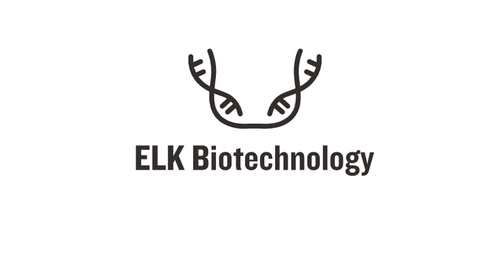Product Description
Human Helicase ARIP4 (RAD54L2) ELISA Kit | AE24508HU | Abebio
Species Reactivity: Human (Homo sapiens)
Abbreviation: RAD54L2
Alternative Name: FLJ21396; FLJ22400; HSPC325; KIAA0809; SRISNF2L; RAD54-like 2
Application: ELISA
Range: 0.312-20 ng/mL
Sensitivity: 0.115 ng/mL
Intra-Assay: ≤5.4%
Inter-Assay: ≤9.7%
Recovery: 0, 87
Sample Type: Serum, Plasma, Other biological fluids
Detection Method: Sandwich
Analysis Method : Quantitive
Test Principale: This assay employs a two-site sandwich ELISA to quantitate RAD54L2 in samples. An antibody specific for RAD54L2 has been pre-coated onto a microplate. Standards and samples are pipetted into the wells and anyRAD54L2 present is bound by the immobilized antibody. After removing any unbound substances, a biotin-conjugated antibody specific for RAD54L2 is added to the wells. After washing, Streptavidin conjugated Horseradish Peroxidase (HRP) is added to the wells. Following a wash to remove any unbound avidin-enzyme reagent, a substrate solution is added to the wells and color develops in proportion to the amount of RAD54L2 bound in the initial step. The color development is stopped and the intensity of the color is measured.
Product Overview: Adrenergic receptors (ARs) include four general types that are found in different target tissues and differ in their affinities and responses to various agonists and antagonists. The coupling of ARs to specific intracellular effectors is mediated through diverse heterotrimeric G proteins. RAD54L2 (RAD54-like 2), also known as ARIP4, HSPC325 or SRISNF2L, is a 1, 467 amino acid nuclear protein belonging to the SNF2/RAD54 helicase family that consists of one helicase ATP-binding domain and a helicase C-terminal domain. RAD54L2 is a DNA helicase that regulates androgen receptor (AR) -dependent transactivation in a promoter-dependent manner. RAD54L2 is posttranslationally sumoylated or phosphorylated upon DNA damage.
Stability: The stability of ELISA kit is determined by the loss rate of activity. The loss rate of this kit is less than 5% within the expiration date under appropriate storage condition. The loss rate was determined by accelerated thermal degradation test. Keep the kit at 37°C for 4 and 7 days, and compare O.D.values of the kit kept at 37°C with that of at recommended temperature. (referring from China Biological Products Standard, which was calculated by the Arrhenius equation. For ELISA kit, 4 days storage at 37°C can be considered as 6 months at 2 - 8°C, which means 7 days at 37°C equaling 12 months at 2 - 8°C) .
 Euro
Euro
 USD
USD
 British Pound
British Pound
 NULL
NULL








